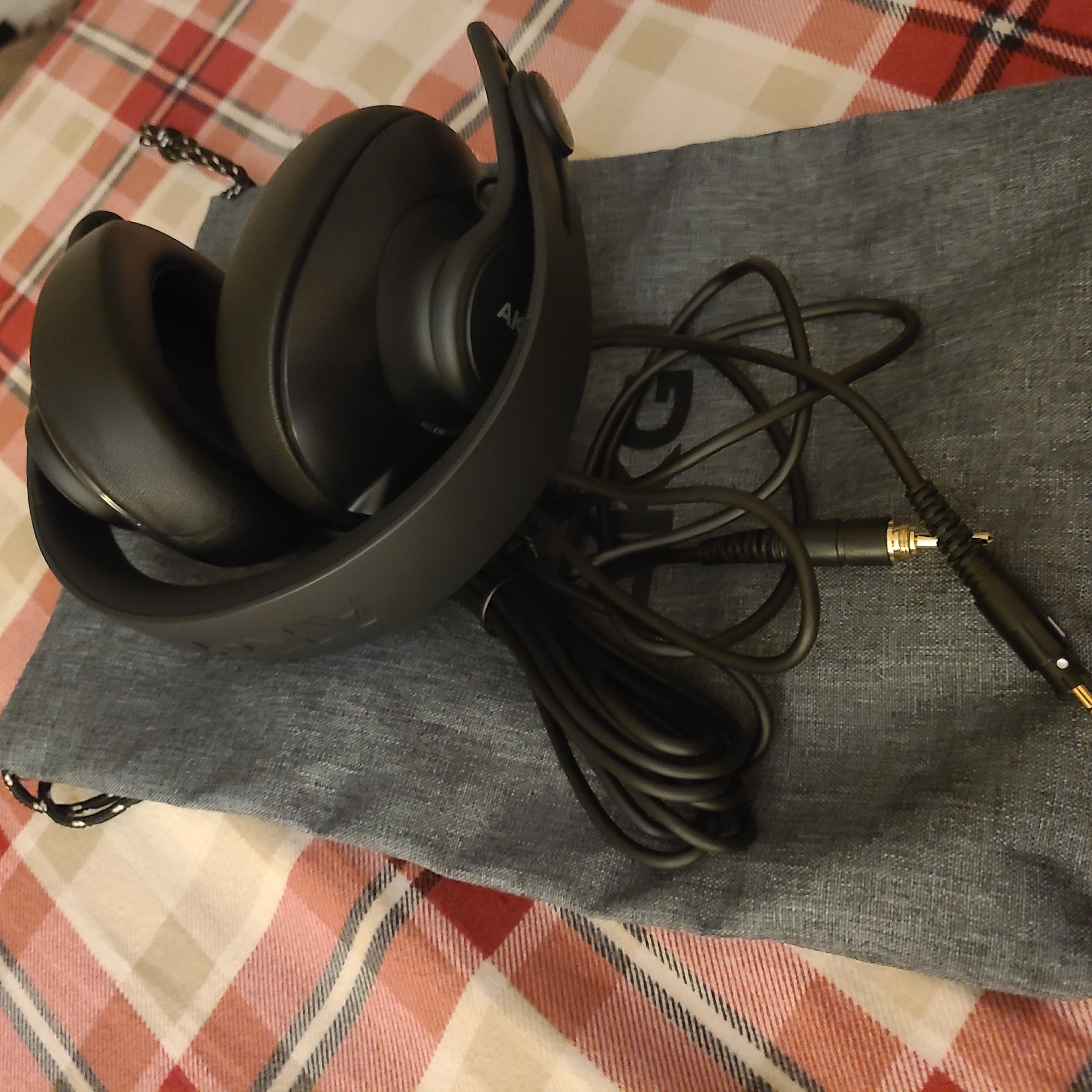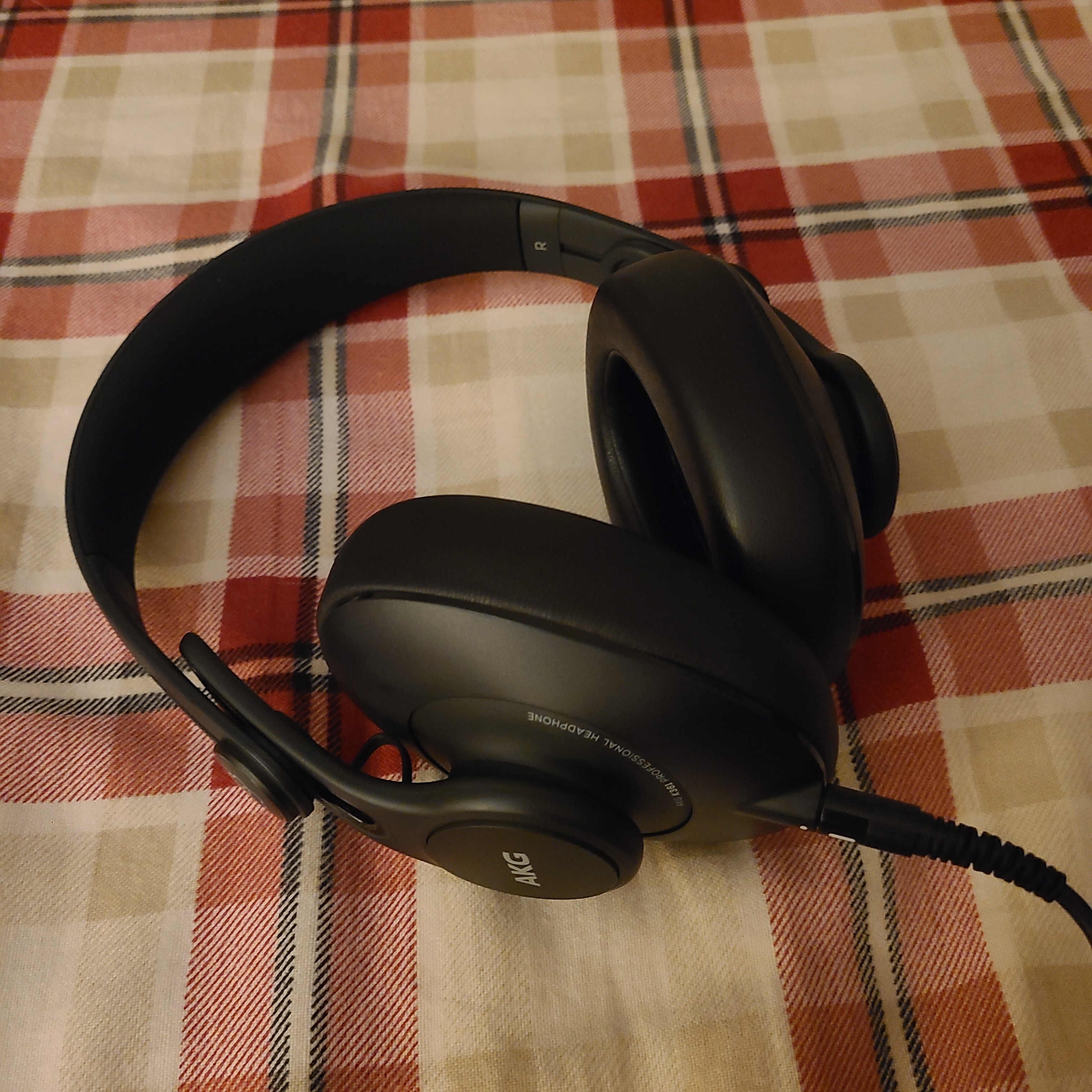Greetings fellow budget audio enthusiasts, you wonderful people. Today I am sharing my mont hlong experience with the Wiim Pro Plus streamer and DAC, there will be no measurements in this review, if you want measurements be sure to go check out Audio Science Review where the Pro Plus has been extensively tested.
Budget Considerations
I have no interest in spending thousands of dollars on a network streamer, but as an enthusiast for great sounding audio I want access to apps like Qubuz everywhere I listen. Enter the Wiim Pro Plus, priced at retail around $329 CAD, the Pro Plus can be had on sale for as low as $239, or found on Ebay, refurbished, direct from the manufacturer, for under $200 CAD.
eBay is how I bought mine, and I have no regrets in that regard, having eventually received a fully functioning, like new unit.
Customer Service
Let’s jump right into this because it plays a role. My first Wiim Pro Plus from the manufacturer on eBay had dead line-out on arrival. No good. So, I did the regular troubleshooting to confirm the problem and emailed my findings to the manufacturer. Less than 24 hours later I received the following response:
- Thank you for troubleshooting
- Here is the tracking number for the replacement, sent express
- Could you please open a ticket with our engineers so they may log the issue
- The defective unit has already been refurbished once, and is partially functional, so keep it.
This is exactly how I like customer service interactions to go, it was all focused on me and my experience. I cannot recommend Wiim / Linkplay customer service team enough based on this interaction.
In the future, I will be connecting my partially defective Wiim Pro Plus to a receiver/DAC to make use of it as a replacement for my much less useful (for audio) Shield TV Pro. Watch for a review on that.
Setup
With my functioning Wiim Pro Plus in hand setup was a breeze, there is one power input, and one RCA/line out to my speakers in the simple, listening nook setup I’m running. I decided to go with active Edifier R1200T speakers for this, considering saving space is a goal here I didn’t want to introduce passive speaker amplifiers into the mix. This lets me keep the entire setup to just 2 power cords, and 1 line out. Very neat and Tidy.
The software setup went very well, I was able to quickly download the app, which I have to say works extremely well. You can tell that Wiim/Linkplay was founded with Google and Broadcom veterans because the software quality is high, with intuitive menus and no errors for me to report. Even setup on a second phone was easy.
My Audio Nook
My Wiim Pro Plus lives in my living room audio nook. It is the only electronics in the room and sits in a recessed shelf near my old Lay-Z-Boy. It’s a comfortable spot where I can turn my chair towards the speakers and just listen in the evening while I have my evening tea. This brings me to the first complain I have about the Wiim, no built in headphone amplifier/output. While I enjoy near field listening over the open air, sometimes I want to not wake everyone up, so this is lacking feature for me.
Watch for a future ears-only review when I eventually pick up a headphone AMP for this space, I’m currently leaning towards the FOSI SK02.
Feature Experience
The hardware features a high-quality built-in DAC with Optical and Analog RCA input. I have not tested either of these inputs, I have no use case for them, but they are nice to have. I use the built in DAC to get full quality digital to analog conversion in apps.
Most of my listening is through native control using the Wiim app and its Quboz support. The software features access to major audio sources like Spotify, Tidal, TuneIn, Amazon Music and Roon. I have tested most of these apps and can report that playback is of high quality, with the Wiim Pro Plus easily handling each of the supported apps at their maximum streaming quality. You want to get what you’re paying for with these apps, and the Wiim does that with very little configuration.
For Youtube music and audiobook/ podcast streaming you need to use Google Chromecast or Bluetooth streaming, which are built in. This is my second issue with the unit, while Chromecast is easy to use, and Bluetooth is also straightforward, the Wiim would benefit from native YT music apps, and native podcasting/audiobook app support. Bluetooth is especially bothersome since audio can be taken over my anything on your screen, and Chromecast, while fine, has all the same issues chromecast always does such as occasional loss of control and slow responses.
One of the best features of the Wiim is the ability to easily share access to others in your home, without having to share a bunch of account information. My wife can stream music from the nook using my accounts, on the Wiim, with just the Wiim app. Before the wiim, she needed my login information on an app-by-app basis, which basically stopped her from ever using the services. For us this is a big plus.
The Wiim Pro Plus also comes with a parametric EQ. I was able to dial in my speakers to my preference and get a much more on target listening experience than had they not added this option.
Another feature that I’m loving is Bluetooth output. I have long wanted to put speakers on my deck, but lacked the initiative to wire passive speakers outside. With the Wiim Pro Plus acting as a Bluetooth transmitter, I now use the Wiim app to control music while sitting on my deck, streaming to a Sony Bluetooth speaker from the Wiim with no concern over running out of phone battery or having my music interrupted by a phone notification or unmuted ad. This brings me to my third and final issue with the unit, where is the LDAC support? This is a high quality streamer, with capable hardware, Bluetooth 5.1, but relying on lower quality AAC and SBC codecs. No Apt? Fine. But high quality LDAC is free for encoding. So at least offer LDAC for BT transmitting. This would let me use my Sony WH1000-MX4 as a listening solution without having to buy a headphone amp. I thin k the Wiim Pro Plus would benefit from letting users get the most out of their high quality Bluetooth receivers speakers and headphones both.
Closing Thoughts
The Wiim Pro Plus can be had for around $200 CAD refurbished, it doesn’t get much more budget than that. For your money you get a bit-perfect streamer with a capable AKM4493SEQ DAC, a good variety of digital output options and supported setups, a low footprint including cords, a dead simple app experience, excellent customer service experience and broad support for your steaming services. The downsides are few, and specific to my use case, but perhaps we will see some of them addresses in future software updates as Wiim has been known to add support for apps over time, and to add features (like EQ). If you are in need of a network streamer, you really can’t go wrong for the money. I recommend the Wiim Pro plus for budget buyers like me.
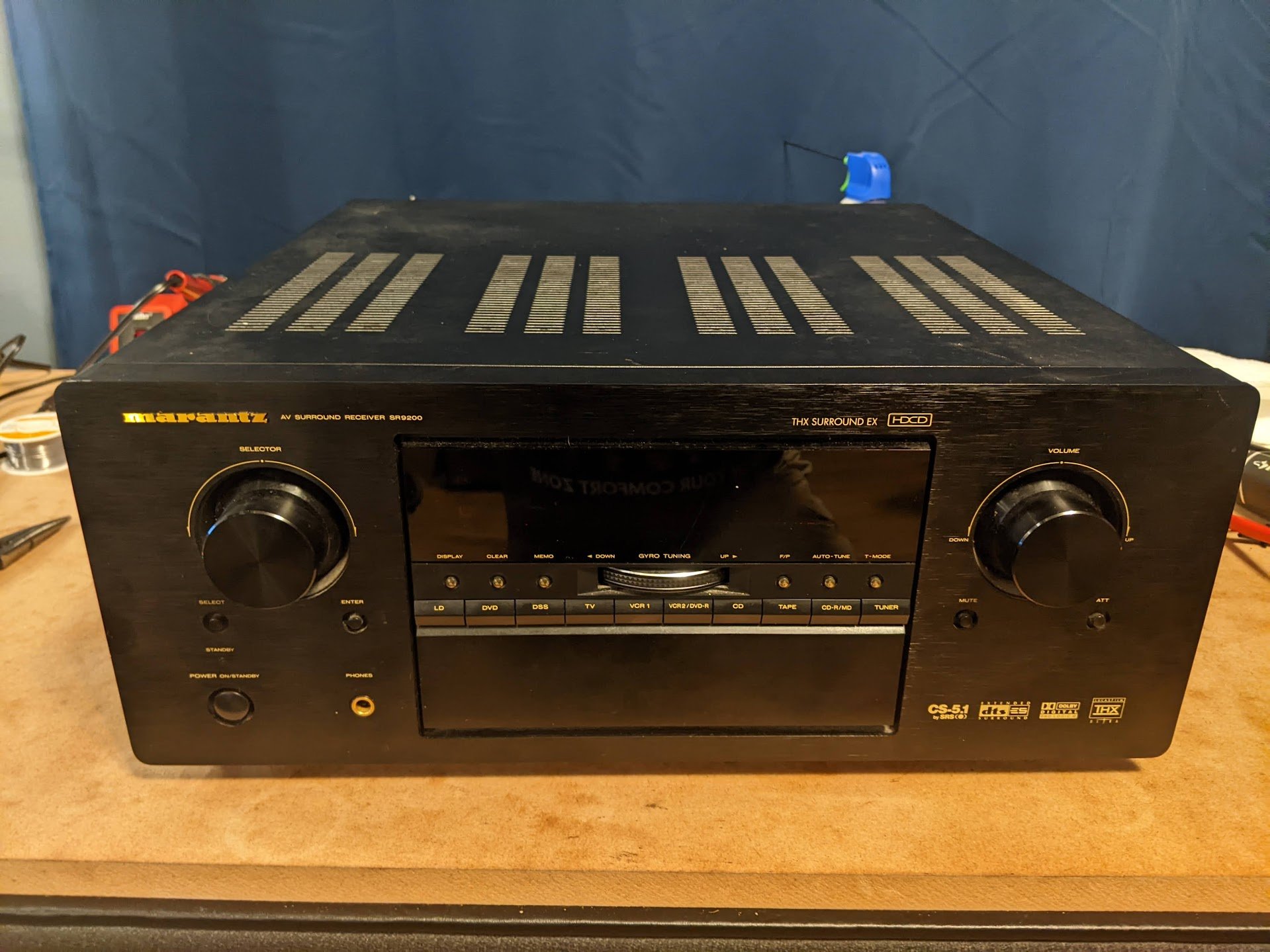
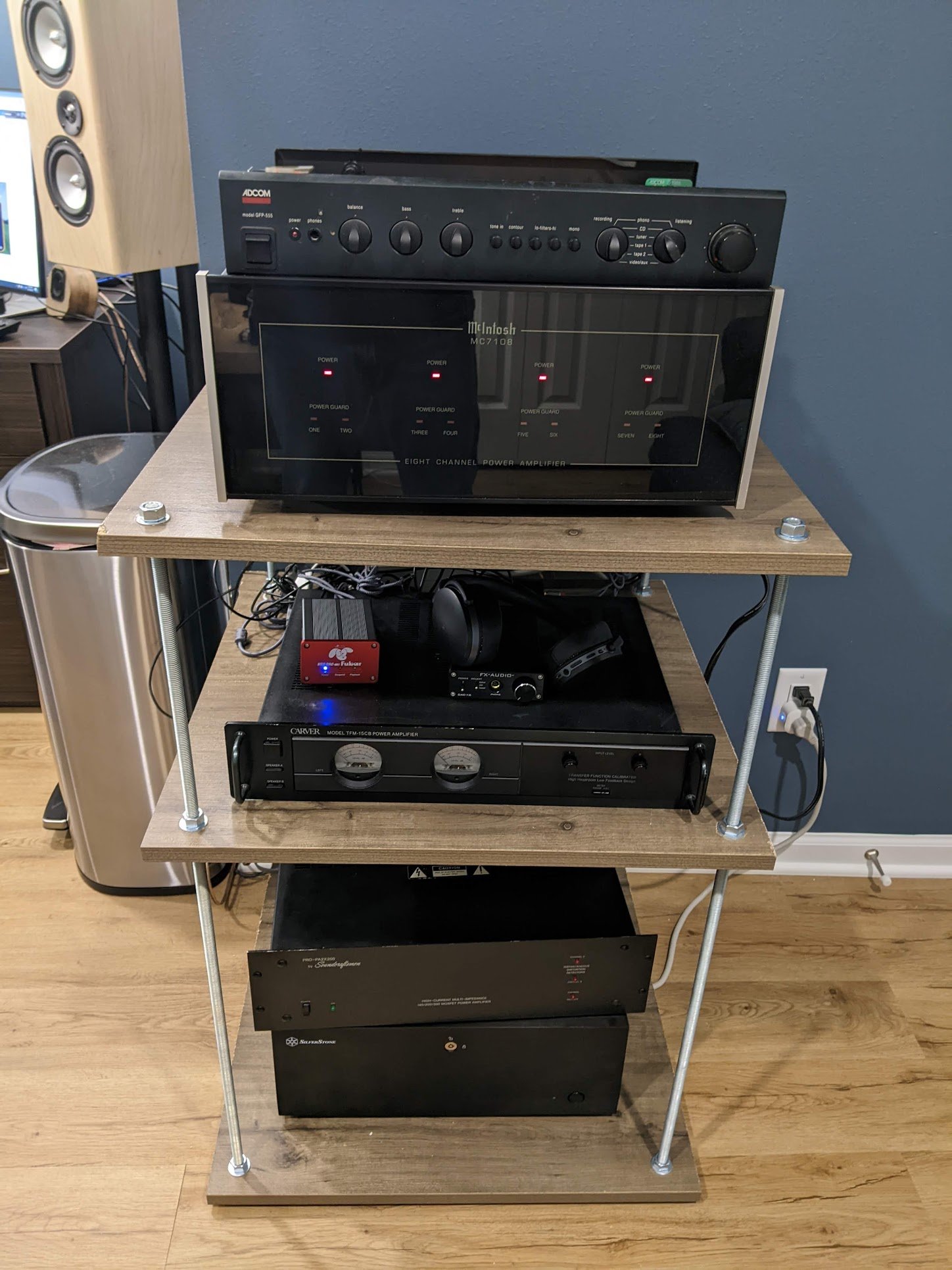
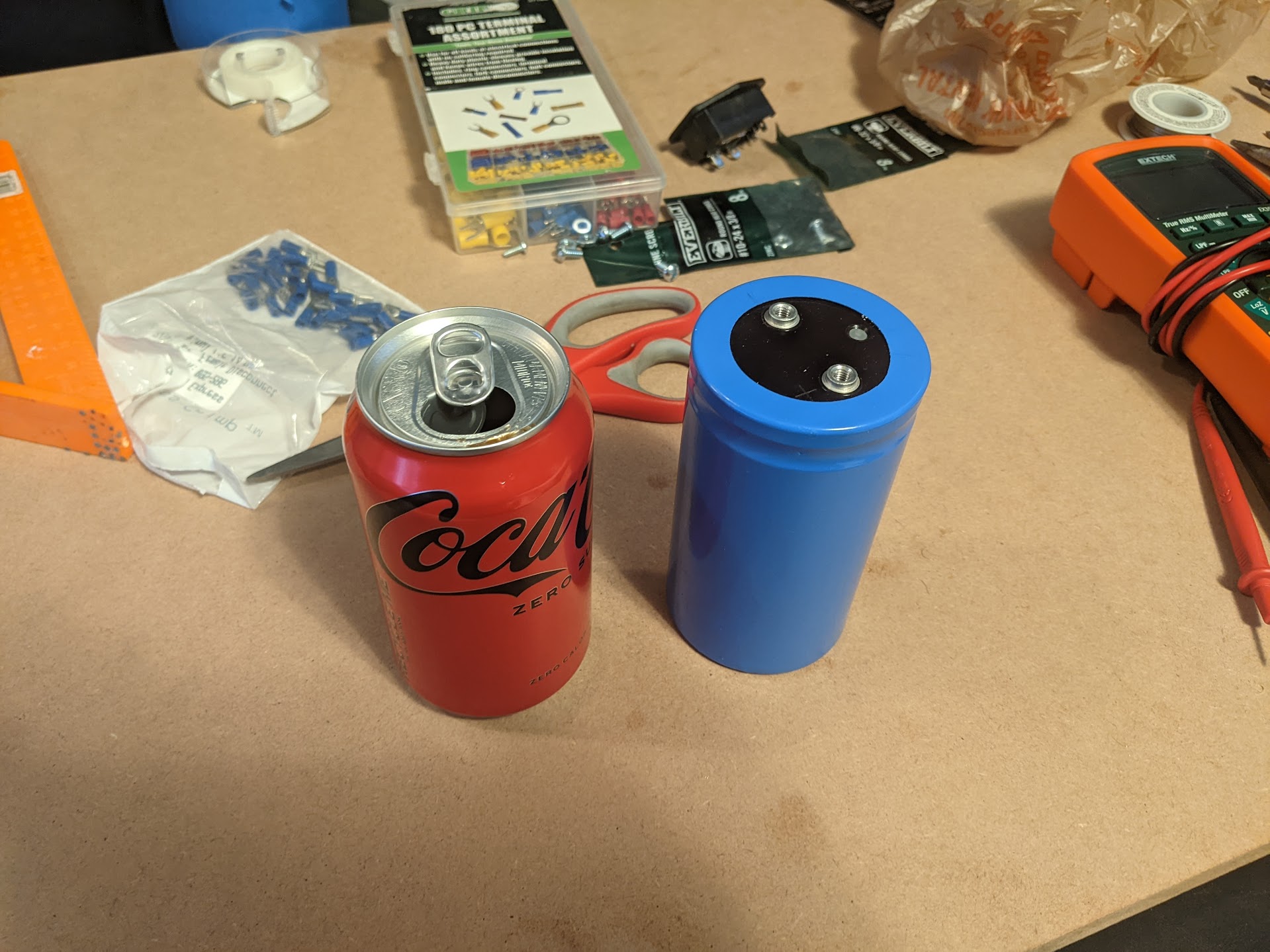
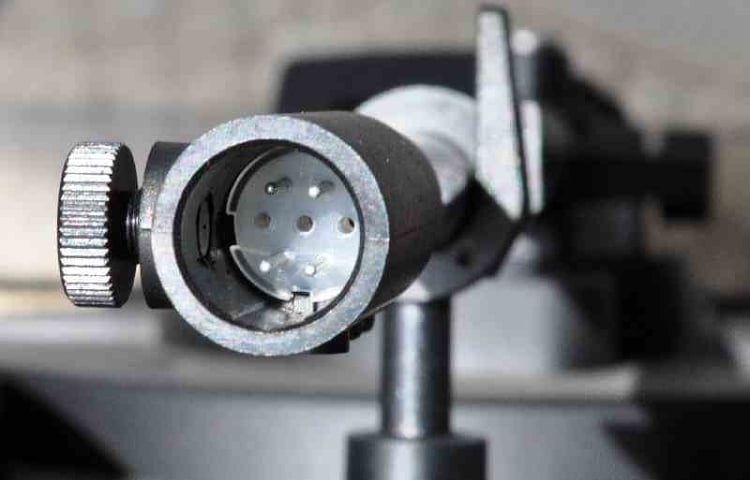
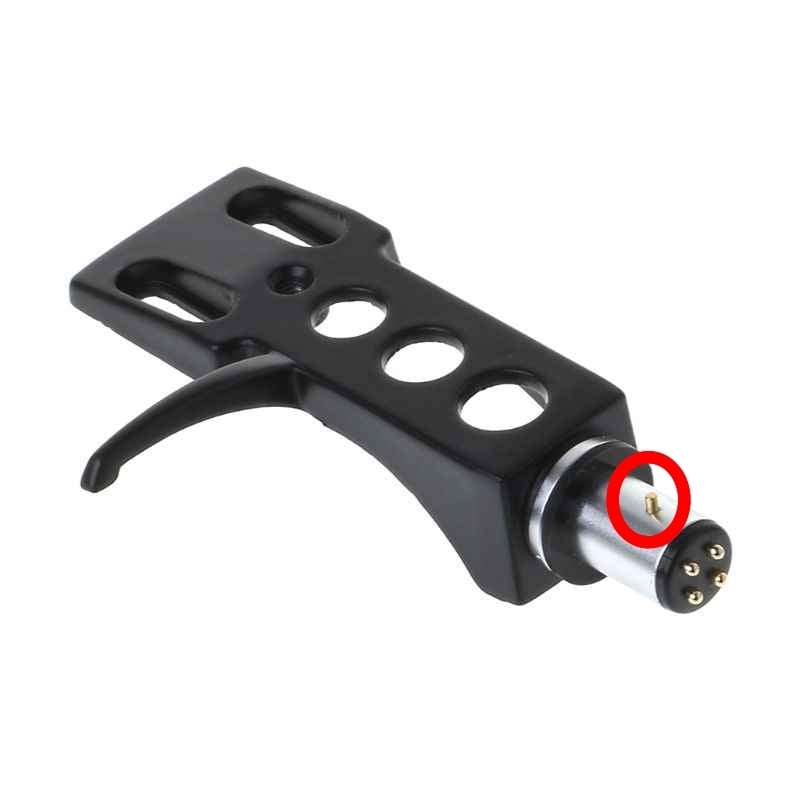 on this tonearm. Now, I don't have a spare headshell to check... Is that pin removable?
on this tonearm. Now, I don't have a spare headshell to check... Is that pin removable?